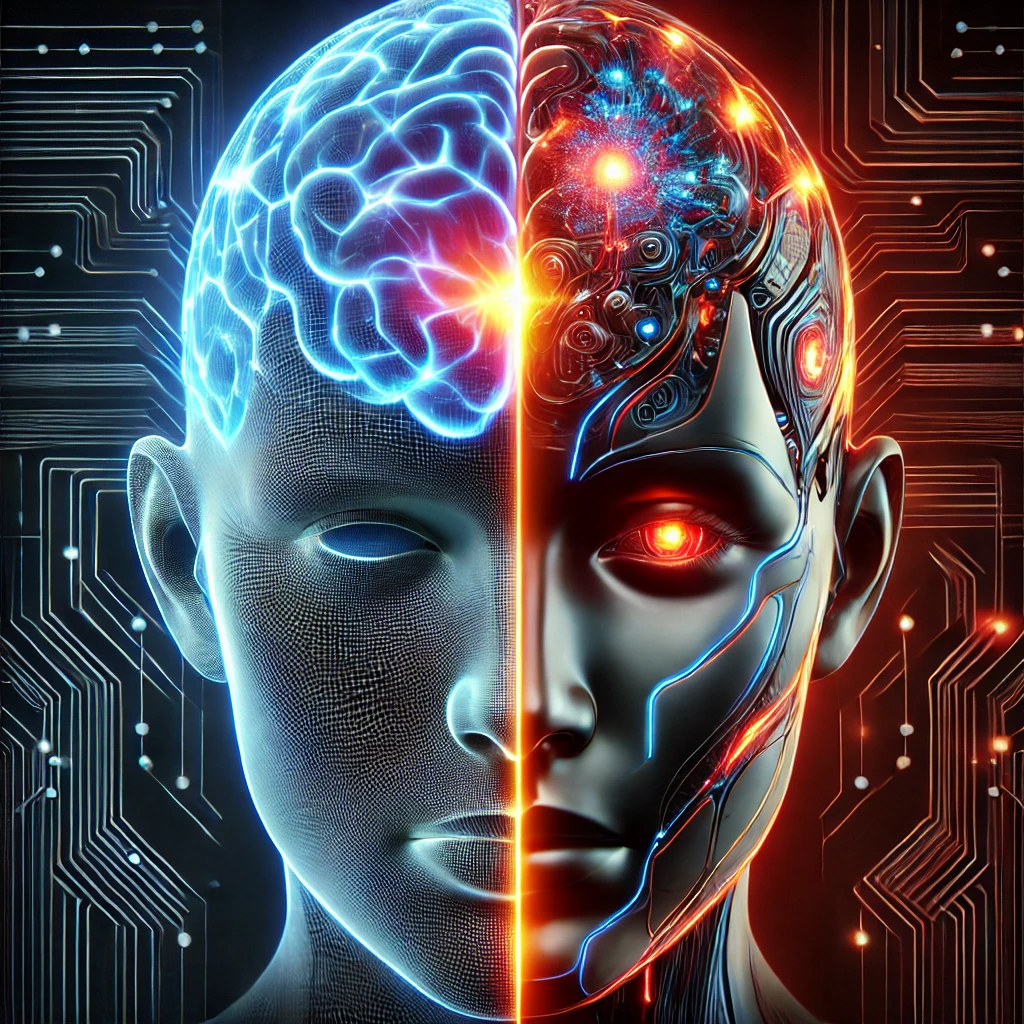Last weekend, I was fortunate to attend a talk by Álvaro Bilbao on positive education, where, among other topics, we discussed the theory of the three brains. This idea, developed by neuroscientist Paul MacLean, suggests that our brain is composed of three evolutionary layers:
- The reptilian brain, the most primitive part, which governs basic instincts such as survival and territoriality.
- The limbic system, which manages emotions and interpersonal relationships.
- The neocortex, the most evolved part, responsible for logic, abstract thinking, and language.

As I listened to the talk, I couldn’t help but think about how Artificial Intelligence attempts to replicate the functioning of the human brain. However, if we analyze its development, we see that it is focused solely on imitating the neocortex—the rational part—while leaving out the deeper dimensions that make us human.
First Hypothesis: AI Is Only a Rational Brain
The current development of AI is based on data collection, pattern recognition, and the generation of logical responses. Its functioning is inspired by human rational thinking: it processes information, solves problems, and makes decisions based on mathematical algorithms.
However, AI does not experience emotions, instincts, or relationships. It can simulate empathy by responding with kind phrases or analyzing the tone of a conversation, but it does not truly feel it. It can generate a love story or design an emotionally impactful advertising strategy, but it does so by following preexisting patterns, not because it understands what it means to love or connect with another human being.
Rational thought alone is powerful, but incomplete. It is not what fully defines the human experience.
Second Hypothesis: Emotion and Human Relationships Differentiate Us from AI
If AI can only replicate reason, it means that two fundamental aspects of humanity remain beyond its reach: our emotions and our relationships.
The limbic system not only allows us to feel joy, sadness, or fear but also drives us to build bonds with others. Human connection goes beyond the exchange of information. It is based on gestures, glances, trust, and the ability to interpret what the other person feels without them having to express it in words.
Human relationships are not just the result of logic or efficiency but of empathy, affection, and the need to share experiences. That is why, even though AI can respond to a message with comforting words, it can never replace the warmth of a hug. Even if it remembers all conversations with a person, it cannot experience what it means to miss them. Even if it analyzes data to predict behaviors, it cannot forge bonds of genuine friendship or love.
In a world where AI is advancing rapidly, emotion and relationships with others remain our greatest differentiator. We are not just rational beings—we are deeply emotional and social beings. And that is where artificial intelligence still cannot reach us.